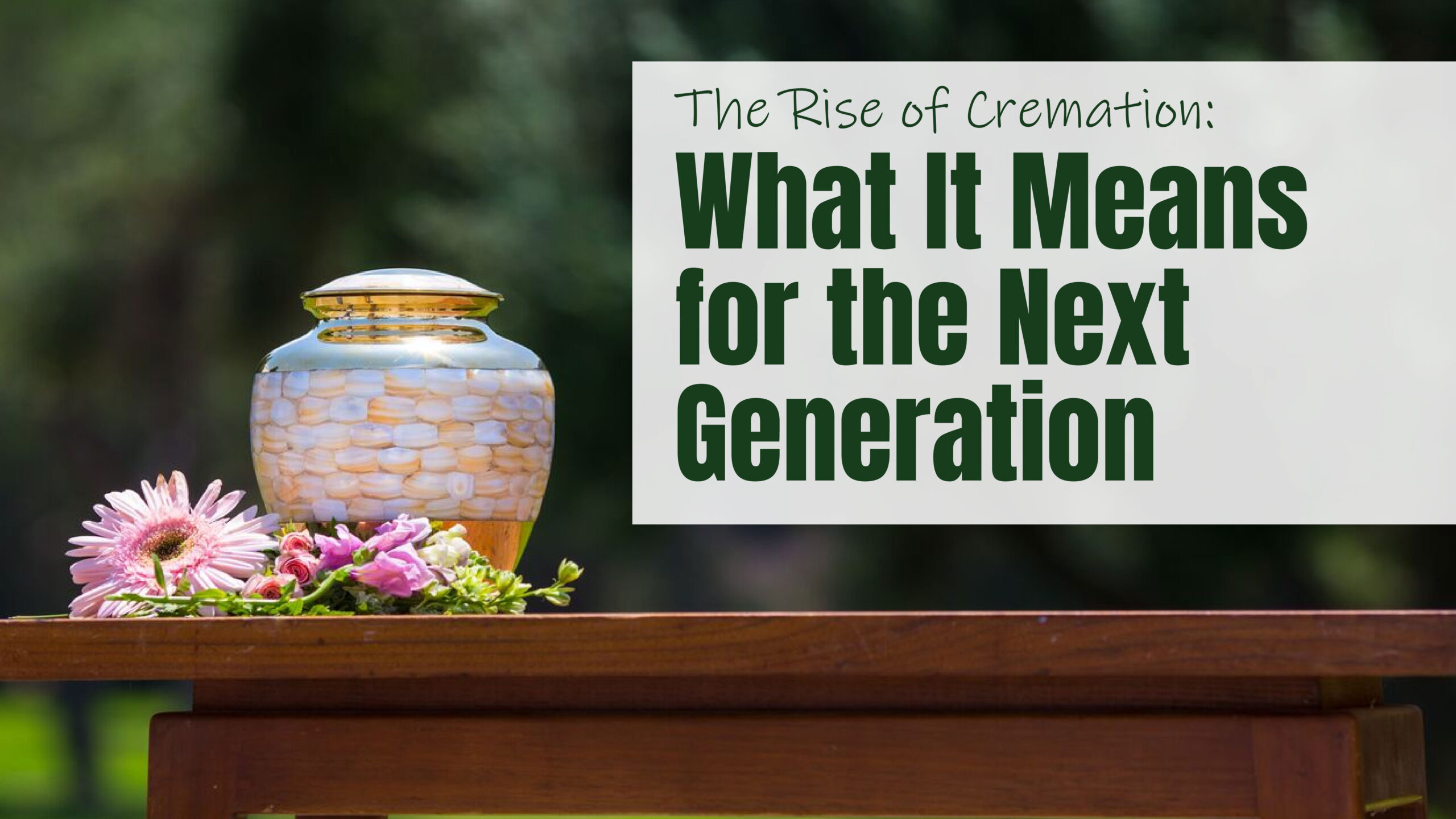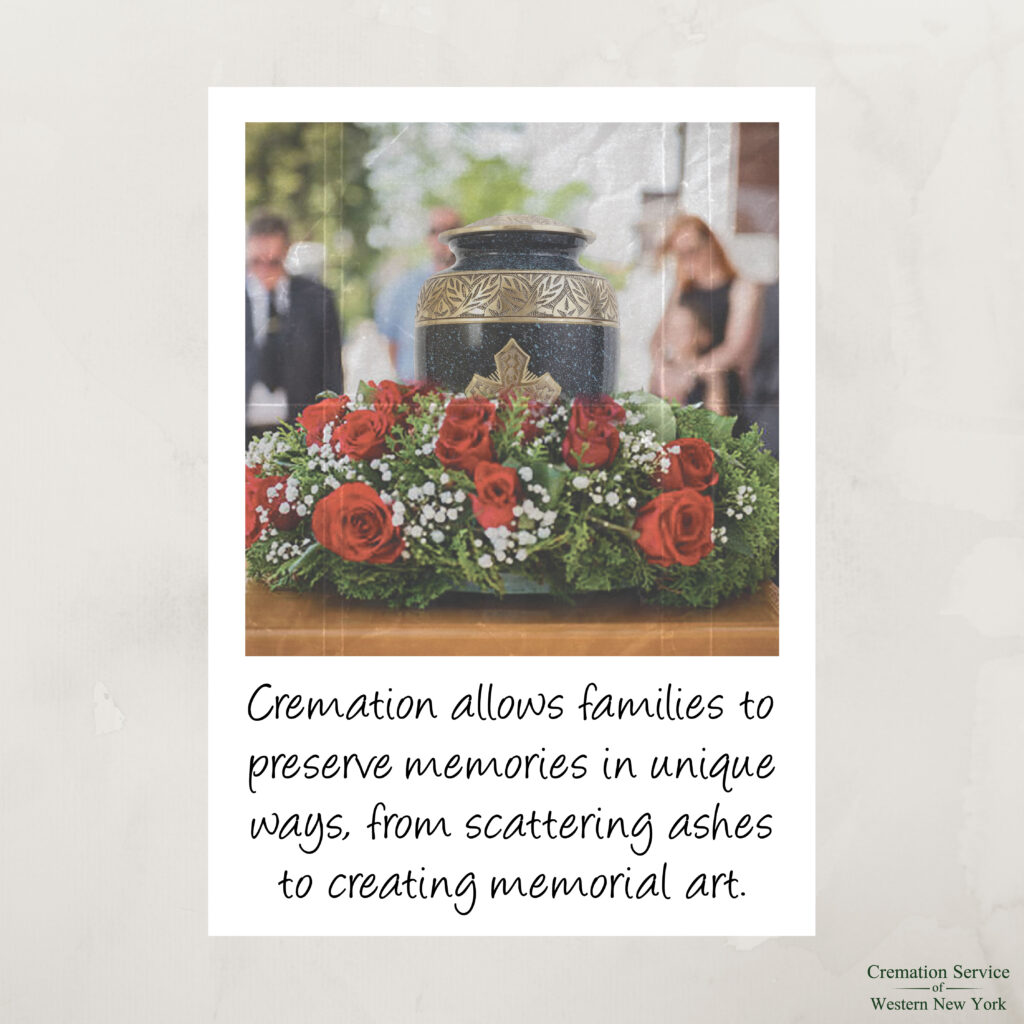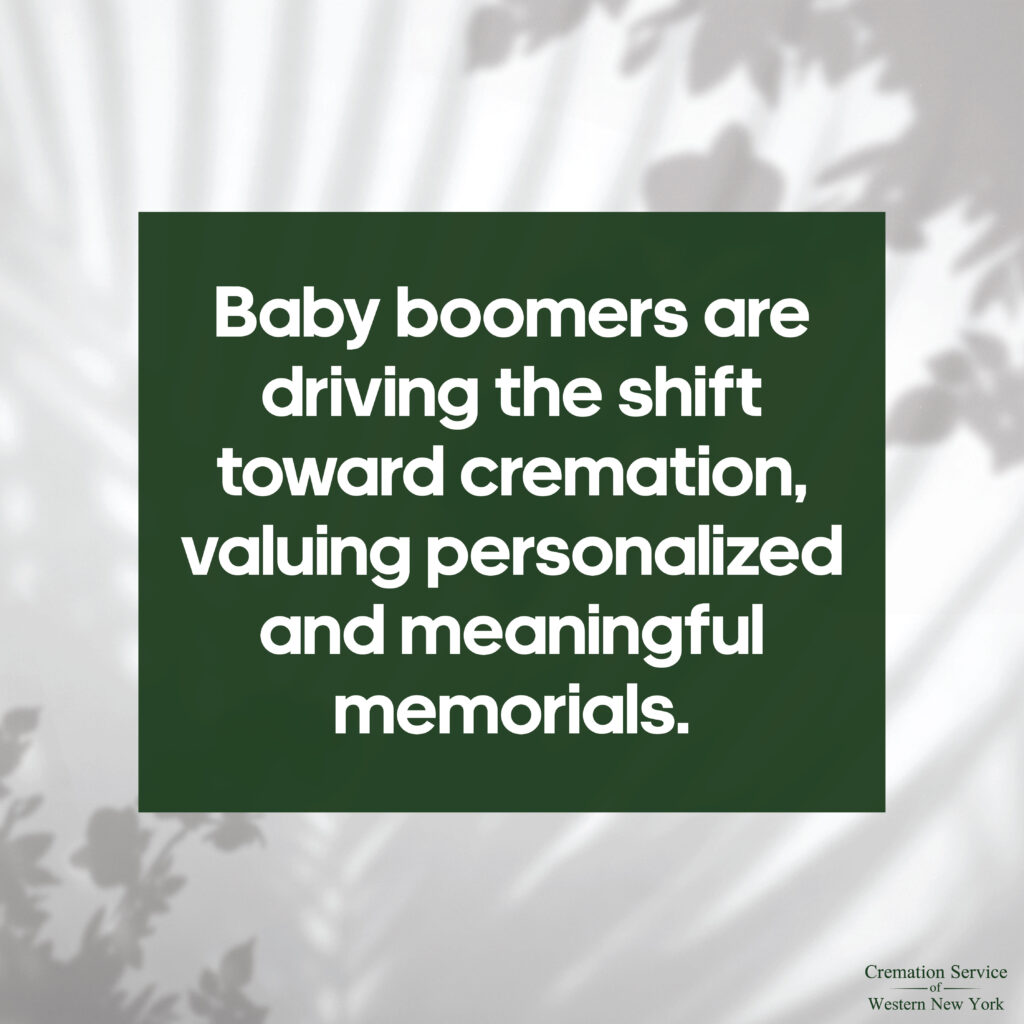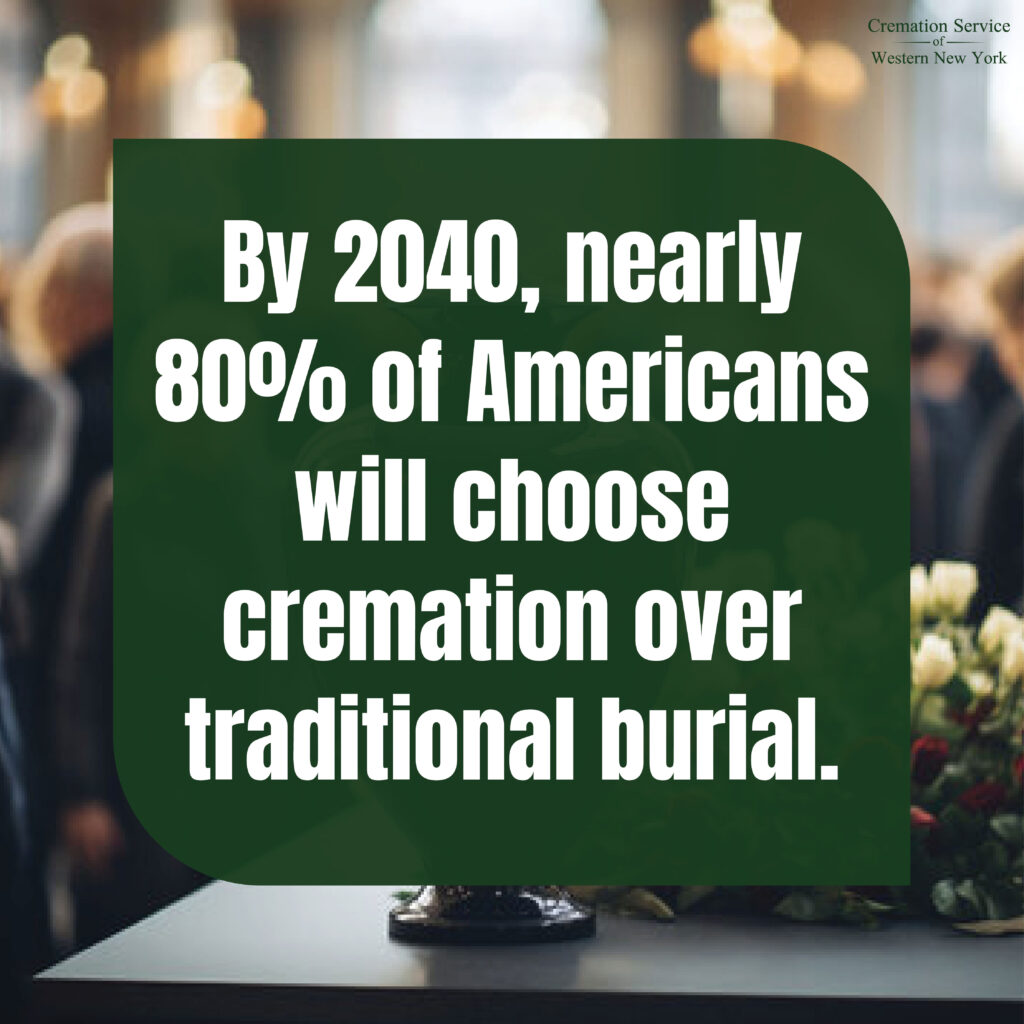
Cremation has steadily become the preferred choice for final disposition across the United States and beyond. Once seen as an unconventional option, cremation is now on track to account for nearly 80% of all funerals by 2040. This trend represents a significant shift in how society approaches death and memorialization. But what does this mean for the next generation? Let’s explore the factors driving this change and what it could mean for future generations.
A Changing Landscape
For centuries, traditional burial was the dominant method of laying loved ones to rest. However, cultural and religious norms are evolving, leading to a growing acceptance of cremation. Historically, cremation faced opposition, particularly from religious institutions that viewed it as a departure from traditional practices. Yet, over time, these attitudes have softened. The Roman Catholic Church, for example, now permits cremation, provided the ashes are treated with respect, reflecting a broader cultural shift.
As society becomes more secular, many individuals feel empowered to make end-of-life decisions that align with their personal beliefs and values, rather than adhering strictly to tradition. This shift towards individual autonomy is one of the key factors behind the rise in cremation rates.
Economic Considerations
One of the most compelling reasons for the increase in cremation is cost. Traditional burials can be prohibitively expensive, with costs for embalming, caskets, plots, and headstones adding up quickly. Cremation, on the other hand, offers a more affordable alternative. Direct cremation, which is the most basic form of cremation without a formal service, is particularly cost-effective. For many families, this option allows them to honor their loved ones without incurring substantial debt.
As funeral costs continue to rise, it is likely that future generations will increasingly turn to cremation as a financially viable option.
Environmental Impact
Another factor contributing to the rise of cremation is environmental awareness. Traditional burials can have a significant ecological footprint, involving the use of non-biodegradable caskets, embalming chemicals, and the perpetual upkeep of cemetery plots. In contrast, cremation is often seen as a greener alternative, reducing the need for land use and avoiding the environmental toll of burial practices.
While cremation itself is not without environmental concerns—such as energy consumption and emissions—innovations like water cremation (alkaline hydrolysis) are emerging as even more eco-friendly options. These methods minimize environmental impact and are expected to gain popularity as society becomes increasingly conscious of sustainability.
Personalization and Flexibility
Cremation offers a level of personalization that traditional burial does not. Families can choose to memorialize their loved ones in unique and meaningful ways, whether by scattering ashes in a special location, incorporating them into jewelry, or even turning them into a piece of art. This flexibility allows for memorial services that truly reflect the individual’s personality and values.
Moreover, cremation allows families to take their time in planning a memorial service, ensuring that it can be held at a time and place most convenient for family and friends. This flexibility is particularly important in today’s increasingly mobile society, where loved ones may be spread across the country or even the globe.
The Future of Deathcare
As cremation becomes the new norm, the deathcare industry is adapting to meet changing needs and preferences. Funeral homes are increasingly offering cremation services, and many are investing in modern facilities and technologies to provide a seamless experience for families. This shift also opens up opportunities for innovation, from eco-friendly cremation methods to digital memorialization options.
For the next generation, this means more choices and greater control over how they honor and remember their loved ones. As societal norms continue to evolve, cremation will likely remain a key component of end-of-life planning.
Embracing the Change
The rise of cremation reflects broader cultural, economic, and environmental shifts in society. As the next generation approaches these decisions, they will benefit from a wider array of options that allow them to create meaningful, personalized memorials that honor their loved ones in ways that align with their values.
For those considering their own end-of-life plans or those of a loved one, it’s important to start the conversation early and explore all available options. Whether for cost, convenience, environmental concerns, or personal preference, cremation offers a viable and increasingly popular choice.
At Cremation Service of Western NY, we’re here to support you through every step of the process, providing compassionate guidance and ensuring that your choices reflect your loved one’s wishes. As we move forward, we are committed to helping families navigate the evolving landscape of deathcare with dignity and respect.






 Cremation Service of Western New York can provide you with answers to many commonly asked questions about cremation. Our goal is to provide detailed comprehensive information regarding cremation and the services we can provide for you.
Cremation Service of Western New York can provide you with answers to many commonly asked questions about cremation. Our goal is to provide detailed comprehensive information regarding cremation and the services we can provide for you.